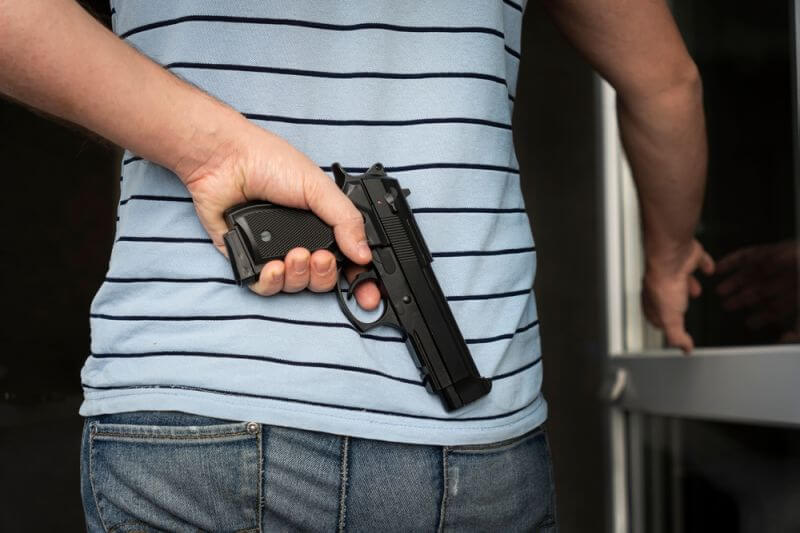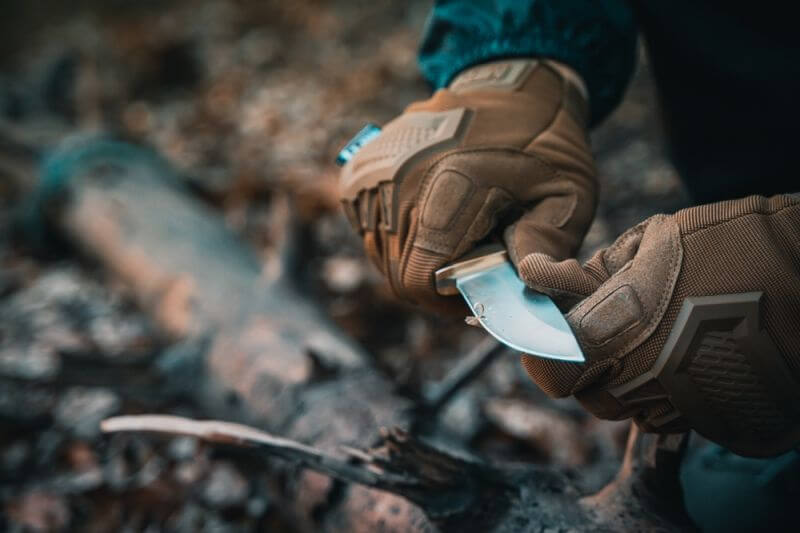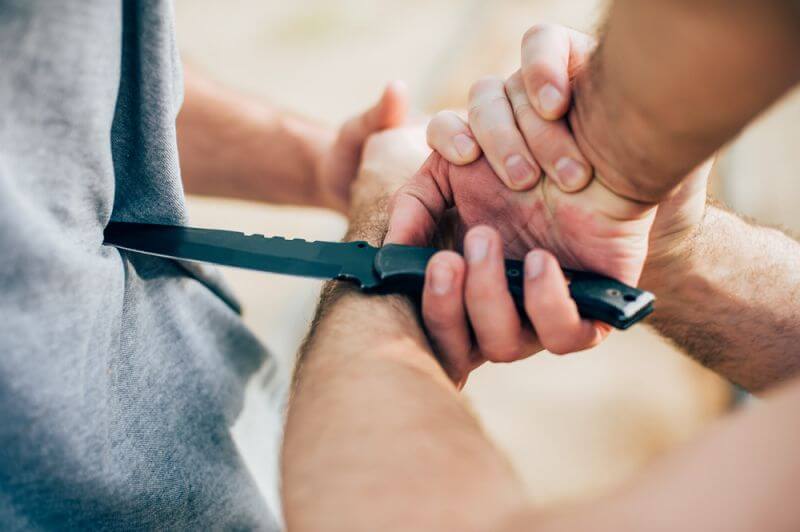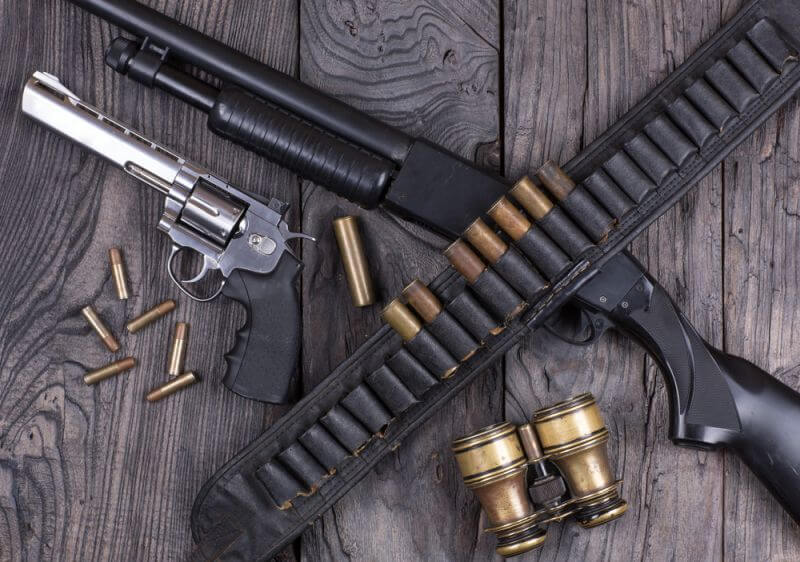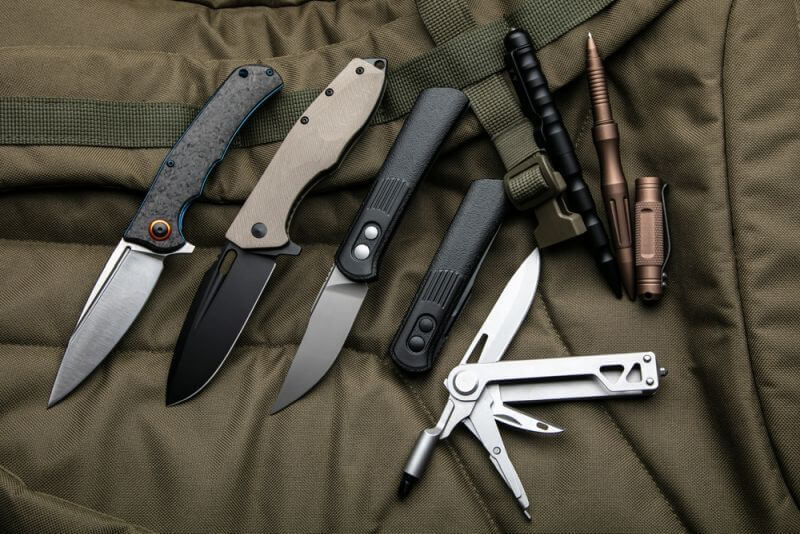When preparing for a trip, many gun owners focus primarily on how to transport their firearms safely and legally, especially when crossing state lines or flying.
There are countless resources available that cover the specifics of these processes—guides on what paperwork you need, how to pack your firearm, and what to do if you run into trouble along the way.
While all of these are important, there’s an often-overlooked aspect of traveling with a gun: should you even bring it at all?
Before packing your firearm, it’s crucial to take a step back and assess your destination. Simply getting your gun to your travel spot may not be the most pressing concern; you need to understand whether carrying a firearm is necessary or even permitted in the first place.
The rules around gun ownership and concealed carry vary drastically from one location to another, and failure to consider these differences could lead to unwanted surprises—ranging from legal complications to conflicts with local customs or regulations. Taking the time to research your destination’s laws and weighing the potential risks and benefits of traveling with a gun will help you make a more informed decision and avoid headaches later.
Planning ahead means not just worrying about the logistics of transporting your gun, but also whether carrying it will be useful or legal at your destination. If you don’t consider these factors, you could find yourself facing an unexpected challenge when you arrive.
Packing and other stuff
Packing and preparing to carry your firearm during travel can present a unique set of challenges. Whether you’re passing through a state where concealed carry laws are restrictive or you’re flying, you’ll need to carefully consider how to safely and discreetly store and retrieve your weapon. In many cases, this involves finding a private and secure location where you can remove your gun from its storage, holster it properly, and ensure it’s safely secured on your person.
The process becomes even more complex if you need to load your firearm or insert it into a holster, as these additional steps increase the risk of a negligent discharge. This risk is heightened in confined or unfamiliar spaces like a public restroom or a rental car, where your ability to maneuver freely and manage your firearm may be compromised.
It can often be safer to wait until you reach your destination to arm yourself, but the real dangers may lie during the travel portion of your journey, when you’re handling your gun in less-than-ideal conditions.
Moreover, if you’re traveling to attend an event or explore new areas, you might find yourself using a carry method that is different from your usual routine. This method could require more concealment than you’re accustomed to or may involve techniques that aren’t as comfortable or practical as you had imagined. If you haven’t had enough practice with these methods beforehand, you could find yourself in a situation where your intended carry setup isn’t as effective as you thought, leaving you with a firearm that’s difficult or uncomfortable to carry.
When planning to carry a firearm during travel, it’s important to remember that the rules you need to follow aren’t limited to just the local laws of your destination. While you may be well-versed in the legal requirements for carrying your gun, that doesn’t necessarily account for specific locations or venues you may visit. Whether you’re sightseeing, attending a special event, or visiting friends and family, each place may have its own set of restrictions regarding firearms.
In some cases, these rules are enforceable by law—such as in states where posted signs indicate gun-free zones, and failure to comply can lead to legal consequences. In other cases, you may be asked to leave a venue if your firearm is detected, which could result in significant disruptions, potentially ruining a costly or much-anticipated trip. You might also encounter places with stricter policies, including security measures like metal detectors or weapon sensors, which can make carrying your gun impractical or even impossible.
Is it socially acceptable or not?
Additionally, you might face social restrictions, especially when visiting family or friends. They may have personal preferences about not having firearms in their homes or during special occasions, which could put you in an awkward or uncomfortable situation.
While you might assume that “concealed is concealed” and be willing to take the risk of carrying anyway, the legal and social consequences might not be worth it once you realize what could happen. The potential for disruption, embarrassment, and conflict—especially if you’re asked to leave a venue or anger loved ones—could cast a long shadow over your trip, turning what should be a positive experience into a stressful and regretful one.
Secure it!
Securing your firearm when you’re unable to carry it is relatively straightforward when you’re at home, with easy access to secure storage options in your living space or vehicle. However, when you’re traveling, things become more complicated due to limited packing space and the lack of modifications you can make to your temporary accommodations, whether in a hotel or rental car.
Hotel safes, often considered unreliable, are a common but inadequate solution. And if you’re staying in a private home, there may not even be a safe available for your use.
While you might have a safe installed in your personal vehicle, it’s unlikely that a rental or borrowed car will provide such a feature. For traveling with firearms, options like security boxes designed for checked luggage or travel safes with steel mesh embedded in their fabric can offer a degree of protection.
However, these solutions are only effective if you can secure them to something immovable—either in your hotel room or within the vehicle. The real vulnerability comes when someone gains access to your space. If that happens, they’ll have the time and privacy to bypass your security, and this threat may be more pronounced than you’re accustomed to when traveling in an unfamiliar location.
When deciding how to store your firearm, you must carefully weigh the risks. On one hand, you might have to settle for a less-than-secure storage method, but on the other, you have to consider the potential dangers you’ll face when you’re able to carry. Balancing these competing factors is crucial to ensuring both the safety of your firearm and your peace of mind during your trip.
Wrapping it up
So, to conclude, these are the most basic and general guidelines you need to follow to ensure safety and legal compliance:
Know the Laws: Before traveling, thoroughly research the firearm laws of the states or countries you’ll be passing through, as well as your destination. Laws regarding firearm possession, concealed carry, and transportation can vary significantly. Understanding these rules will help you avoid legal issues and ensure you comply with local regulations during your trip.
Check Airline Policies: Each airline has its own policies regarding traveling with firearms. Review these guidelines before your flight to ensure you meet all requirements, including specific packaging, declaration, and any fees. Airlines often require firearms to be stored in a locked, hard-sided case in checked luggage, so plan accordingly to avoid delays.
Use a TSA-Approved Case: When flying, your firearm must be unloaded and securely stored in a TSA-approved hard case. This case should be durable and lockable to prevent unauthorized access. The case must be placed in your checked baggage, as firearms are not permitted in carry-on luggage under any circumstances during air travel.
Declare Your Firearm: It is essential to declare your firearm at the check-in counter when flying. Upon arrival at the airline counter, inform the staff that you are traveling with a firearm so they can direct you through the proper procedures. Failure to declare your firearm can result in fines, delays, or legal action.
Keep Ammunition Separate: Ammunition must be packed separately from your firearm in checked luggage, usually within a box or container designed for ammo storage. Airlines often have specific guidelines for ammunition transport, such as weight limits or container restrictions, so make sure to follow these to prevent complications and ensure a smooth journey.
Avoid Packing in Restricted Areas: Be mindful of places where firearms are prohibited, such as airport security checkpoints, certain government buildings, or private businesses with posted gun-free zone signs. Even if you are traveling with a legally registered firearm, carrying it into restricted areas could result in fines, confiscation, or worse, arrest.
Secure Your Firearm: When traveling by car, staying in a hotel, or at any temporary accommodations, always ensure your firearm is stored securely. Utilize a lockbox, safe, or other reliable storage methods to prevent unauthorized access, especially if you’ll be leaving the vehicle or room unattended. This protects both your firearm and those around you.
Plan for Emergencies: Accidents happen, and your firearm could be lost or stolen during your travels. Have a contingency plan in place in case this occurs. Keep a record of your firearm’s serial number, and know the contact information for local authorities and your insurance provider. Being prepared will help mitigate potential issues efficiently.
Concluding
Traveling with a firearm can undoubtedly be a hassle, involving numerous regulations, security procedures, and logistical challenges. It’s crucial to do your homework before embarking on your trip—research local laws, airline policies, and restrictions at your destination.
After understanding all the requirements and potential risks, carefully consider whether bringing a firearm is truly necessary for your journey. Sometimes, the complications of traveling with a firearm may outweigh the benefits, and you may find that leaving it behind is the smarter, safer choice.


